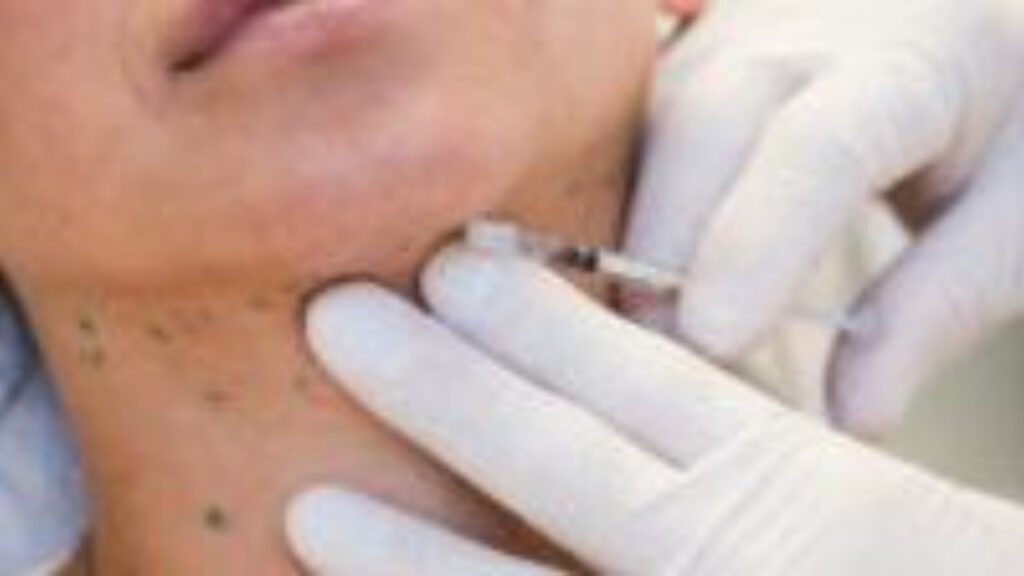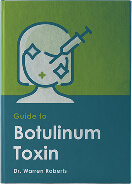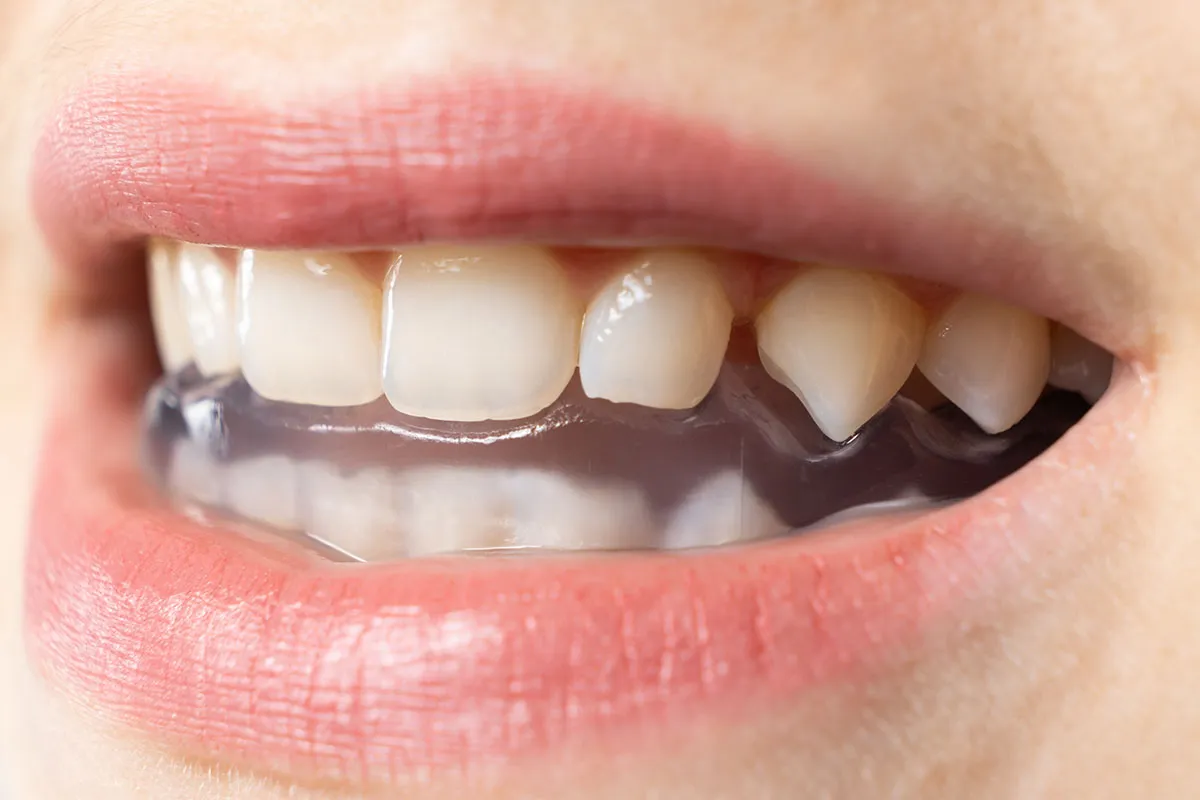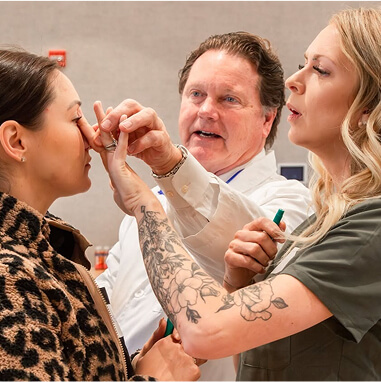You’re considering adding Botox to your practice, but unsure what differentiates one injector from another. When a patient is choosing a healthcare provider for their Botox treatment, how do they know which practitioner is best suited for them? Is one practitioner better than another? Will the results and care vary, depending on the person administering the medication? Here are the most important things to consider when becoming a Botox practitioner and how you can set yourself apart.
They’ve Completed Comprehensive Botox Training
Not all jurisdictions have outlined formalized training requirements. And not all dental or medical professionals who complete Botox training are successfully able to administer injectables in their practice. Even with post-graduate training, many programs do not meet the same standards or equip practitioners with the same skillset. In 2014, the College of Dental Surgeons of Alberta set the highest Standard of Practice for facial aesthetics. Now many of the Canadian regulatory colleges are adopting the same Standard – one that outlines the highest level of training anywhere in the world for Botox and dermal filler practitioners. As such, practitioners who complete their training with PTIFAT, a recognized educational provider in Canada, are among the highest trained Botox practitioners in the world.
PTIFAT graduates have completed intensive facial anatomy review (20+ hours) as 99% of negative side effects are related to injector methods and techniques. This process reduces the risk of complications, improving patient care and overall outcomes. They also complete extensive clinical hands-on training where they inject multiple patients alongside a dedicated Instructor.
Additionally, your staff should know how to support you during Botox cases. When your team is properly trained as well, patients will have better access to patient support, post-op care and patient FAQ.
They Take Time & Have the Tools to Understand Patient Needs
Choice providers set aside significant time to speak and address patient concerns. Additionally, they will use a standardized series of photographs, such as the Roberts Facial Rejuvenation Photography series, to analyze, record and explain results, as well as photographically recording the landmarkinq sites before the treatment is performed.
While Botox is an excellent treatment for facial aesthetics and managing facial pain, it’s not the only treatment in your “tool box” and not “one size fits all”. With high-level of training, you can confidently discuss the pros and cons of Botox as well as other treatments as it relates to patient concerns, or in some cases, combine techniques or refer for best overall results and improve patient care.
They’ve Perfected Injection Techniques & Protocols
Skilled Botox providers should always use landmarking techniques to identify bone, muscle and key injection sites on each patient prior to administering any form of facial aesthetic drugs. These landmarks can be documented with photography for future reference, for best long-term success of the individual.
Unlike traditional teaching where Botox is injected deeply into muscle (an experience which can create much patient discomfort), specific injection techniques can help minimize negative side effects and achieve consistent results. The PTIFAT Weal technique utilizes the concept of high concentration (1:1) injections placed at a superficial intradermal level. Using a high 1:1 Botox concentration and proper anatomical placement, the product diffuses to the correct target muscle and eliminates the risk of unwanted Botox migration. In addition, the intradermal nature of this injection technique means only the bevel of the needle tip is ‘rolled’ into the skin – increasing patient comfort and decreasing chances of negative side effects including pain and bruising.
Proper reconstituting techniques ensure best short and long-term success of Botox treatment. Not all providers do this, and follow-up appointments or post-op visits are key to implementing an effective treatment process.
They Have A Portfolio of Their Own Cases
Any practitioner can complete training and access before-and-after photos from the toxin manufacturers, however have they successfully treated patients back in their own practice? Do they have portfolios of their own work they can share with patients? And has the practitioner successfully integrated the necessary systems so that they regularly treat injectable patients as part of their practice? PTIFAT graduates are all given the skills and tools to successfully integrate treatment so that they can be successful in their own practice.
Exceptional Botox Practitioners Don’t Jeopardize Patient Care
At the end of the day, an exceptional Botox provider won’t jeopardize patient care or patient results. Training completed with PTIFAT exceeds the highest Canadian Standard of Practice, which is among the most advanced Standard in the world. PTIFAT trained Botox providers are highly skilled in both facial aesthetics as well as using injectables for managing conditions like temporomandibular joint disorder, headache and migraine. Start your journey on becoming an exceptional Botox practitioner today; register now for the online Level 1 course.







